Flavours of Polish cuisine
Polish flavors are a rich and diverse cuisine, characterized by the use of local ingredients and traditional methods of preparation. Polish cuisine is like a journey through centuries, regions and seasons. A rich palette of flavours meets the expectations of even the most demanding gourmets, not only Poles but also foreign visitors. In the last ranking of the 100 best cuisines of the world compiled by the TasteAtlas magazine, the 24/25 TasteAtlas Awards, Polish cuisine was ranked at a high 11th place. And our 10 best dishes according to this list are: honey, strawberries, pierog, cheesecake, babka, broth, kopytka, zapiekanka and bigos. Rounding up the top ten Polish culinary hits are gołąbki.
The results of the ranking show that culinary classics are still in fashion. Although, as in other areas, everything undergoes changes, and so does the food on our tables. Chefs have recently been constantly experimenting, creating new interpretations of classic Polish dishes, breaking the usual schemes and flavours.
We would like to invite you on a culinary journey through Polish cuisine!
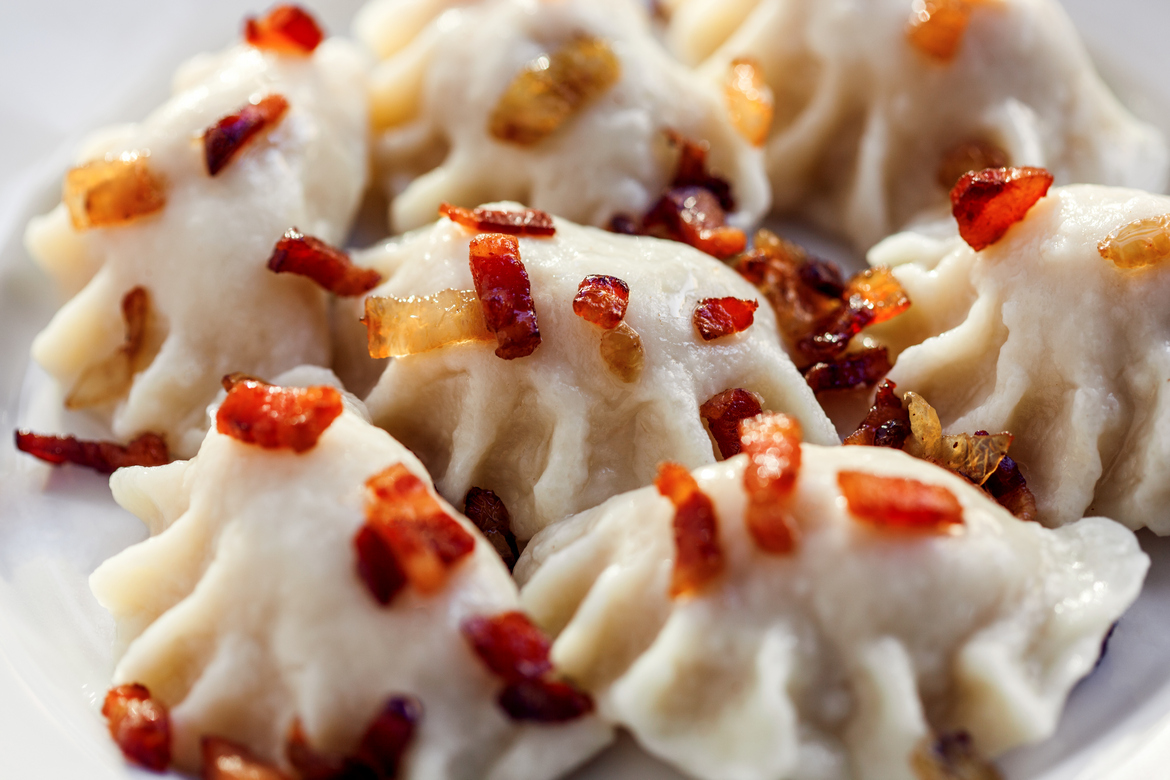
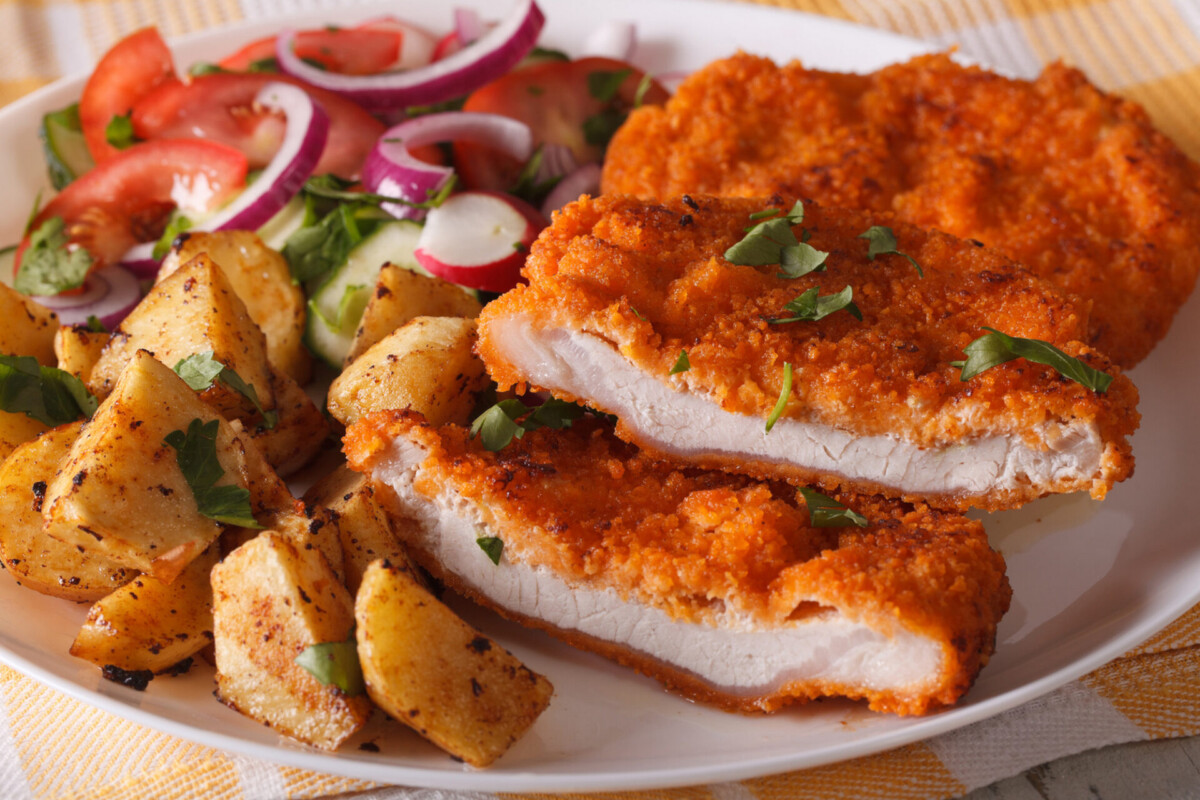
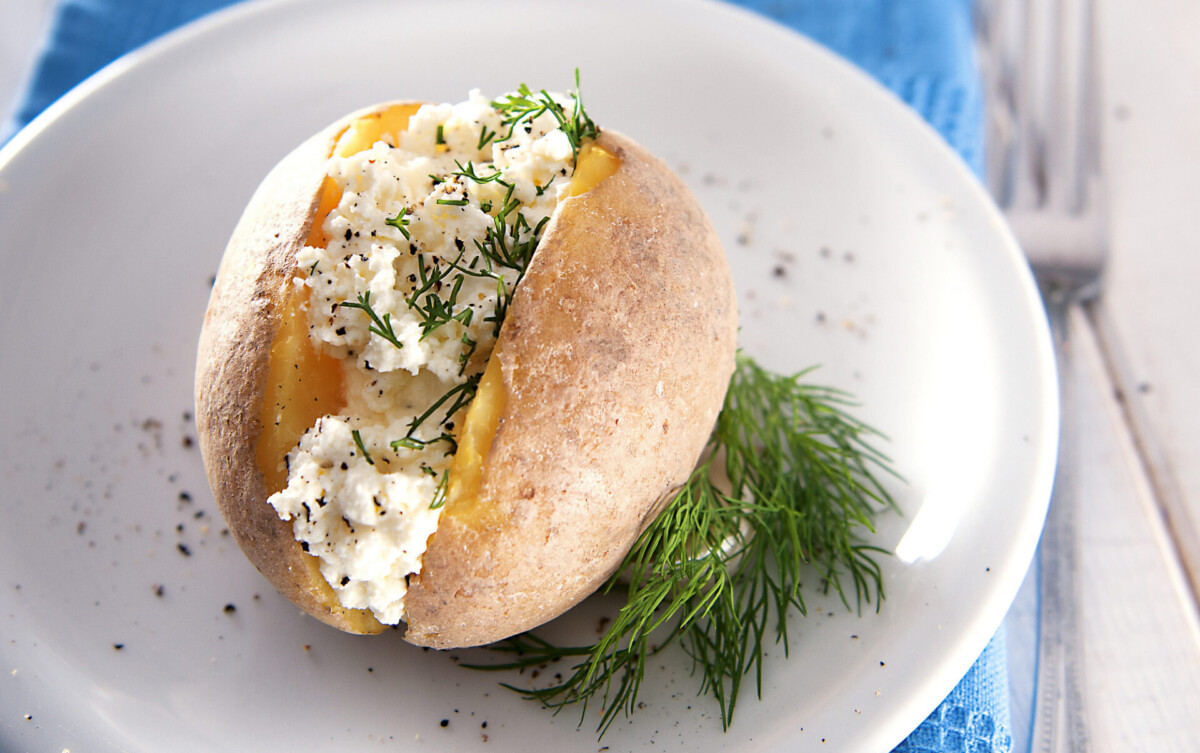
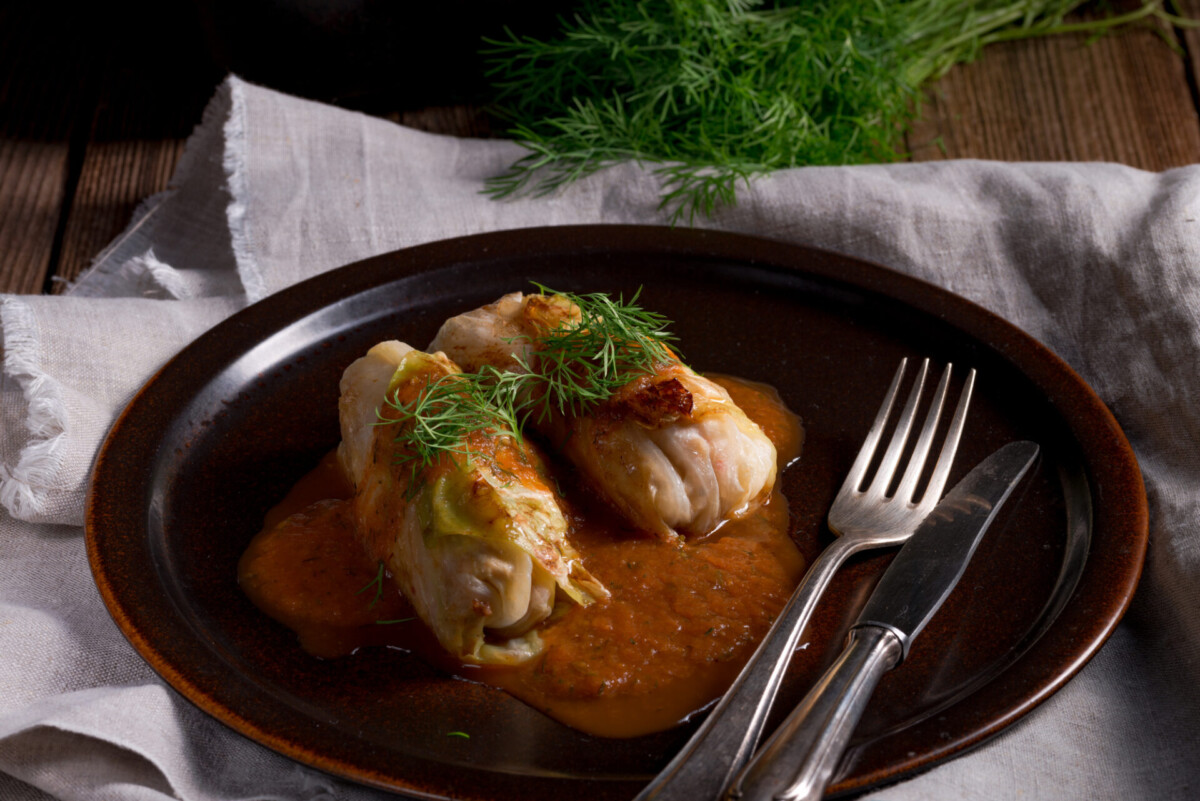
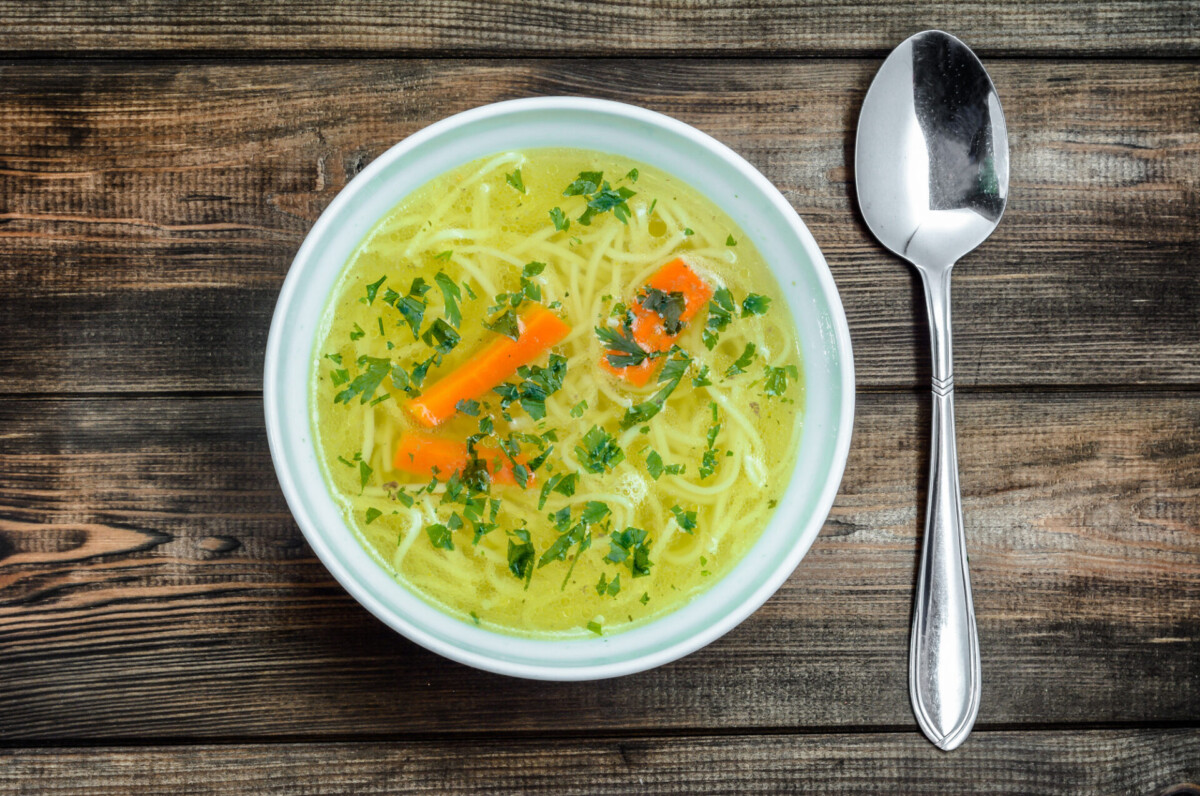
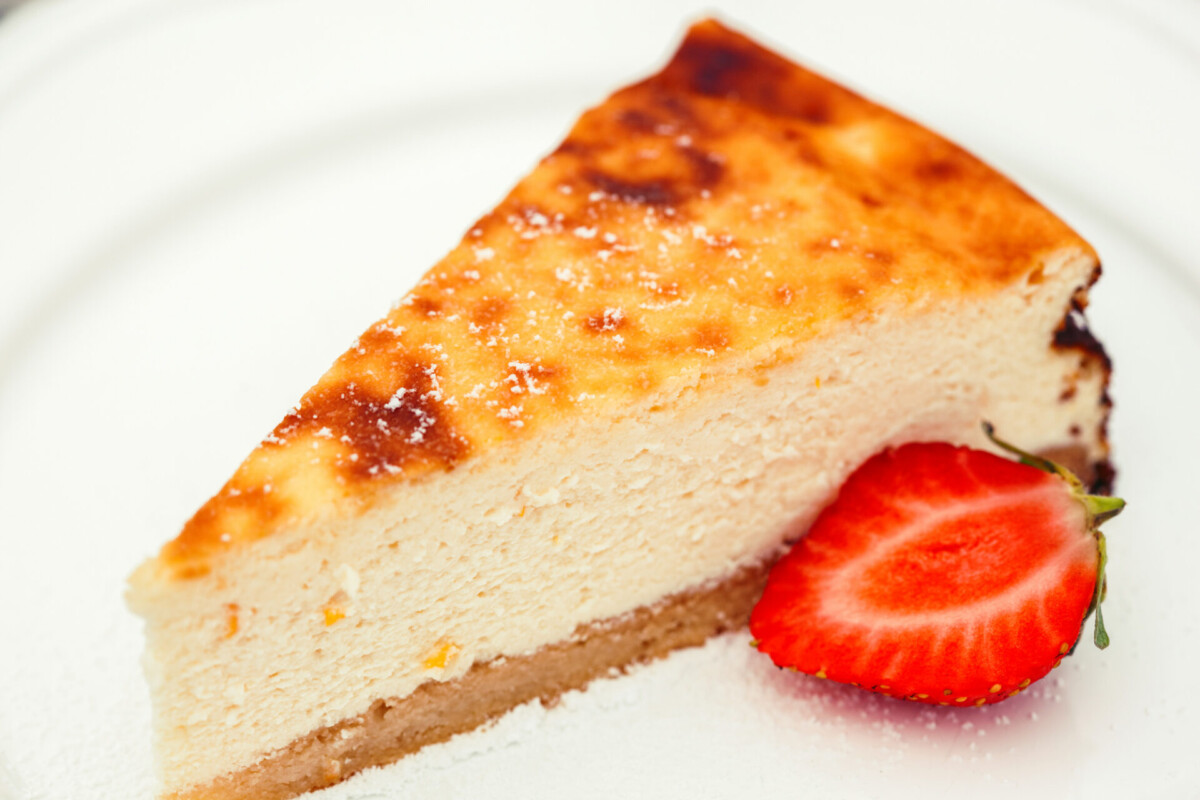
Traditional polish flavours
Let’s start with the classics, which are the foundation of the Polish menu. Pierogi, these small dumplings filled with various stuffing – from potatoes with cheese to cabbage with mushrooms, meat, various vegetable variations, to sweet versions with cottage cheese or fruit – are a real treat that can be found in every corner of Poland. Boiled, baked, fried, in French pastry dough – the menu in many Polish pierogi places may make your head spin and convince even those who are not yet convinced.
Polish flavours are closely connected to potatoes, which play a big role in Polish cuisine. In many regions of Poland, they are highly appreciated and served in very popular dishes. For instance, take Wielkopolska, colloquially called Pyrlandia, from the local word for potatoes. When in Poznań, you simply must try pyry with gzik – jacket potatoes served with cottage cheese seasoned with cream and chives or onions, or even radish.
But this is not the only potato dish that enjoys a cult status. Kopytka would be another. These elongated dumplings delight with their simplicity and are a great idea for the zero waste kitchen. They can be served with meat sauces, stews or as a stand-alone dish – sprinkled with sugar and drizzled with melted butter.
The “potato trinity” wouldn’t be complete without potato pancakes. Always crispy, served with various sides, especially in the savoury version, although there are regions where potato pancakes are enjoyed with sweet cream and sugar.
Getting to know Polish flavours won’t be complete without trying soups – tomato, sour rye, cabbage, cucumber… the list goes on, but the undisputed king of tradition is broth. Served with homemade pasta it tastes delicious. Grandmas would tell you it is the best remedy for a cold, guaranteed to put you back on your feet in no time. For many of us, the smell of cooked broth is the smell of carefree childhood, evoking the sweetest memories.
Bigos – someone could say it’s only cabbage with meat, but there is so much more to it. Sometimes translated as hunters’ stew, it is a dish that perfectly combines the taste of sauerkraut, different types of meats and a wealth of spices, becoming better with each reheating.
The first mention of this dish dates back to the 16th century, when new products imported from foreign travels, such as sauerkraut, began to appear on Polish tables. Even our national bard, Adam Mickiewicz, decided to describe it in the epic poem Pan Tadeusz.
After covering bigos, it is time for a typical main component of a Polish lunch – pork chop. This breaded, deep-fried slice of pork meat has been a Sunday staple in almost every home for decades, as well as a symbol of prosperity. Today it is also number 1 on the menu of many Polish restaurants. There are a lot of variations on how to serve it, so it is no longer just a “boring piece of pork loin in breading”. Roasted, baked, in sauce, with sides… However, many connoisseurs and “pork specialists” claim that the classic version can’t be beaten.
For a sweet finale, we recommend cheesecake, poppy seed cake, and apple pie. These three items are the undisputed leaders among Polish desserts. There’s traditional cheesecake, Kraków style cheesecake on shortbread, cheesecake with white chocolate, with salty caramel – confectioners gain mastery in creating new versions of this traditional Polish delicacy. Poppy seed cake – most often eaten during the Christmas and Easter periods – is full of dried fruit, smelling of almonds and orange peel.
Apple pie – although known all over the world thanks to the American version, ours is an unusual cake (not pie, really), and in the Polish version it is second to none. With a sweet, crispy crumble, made from various types of apples (although apparently the best is the szara reneta variety), with a crumbly meringue, topped with a shortbread lattice… Each version has its loyal fans, and family recipes are passed from generation to generation.
The flavours of Polish national cuisine are bountiful, and discovering them is a pure pleasure. It is a great idea to embark on this journey for the senses and get to know the richness of Polish cuisine – whether in a classic version or a modern interpretation. Let yourself be swept away by culinary adventures!
Read also: Polish restaurants with Michelin star


